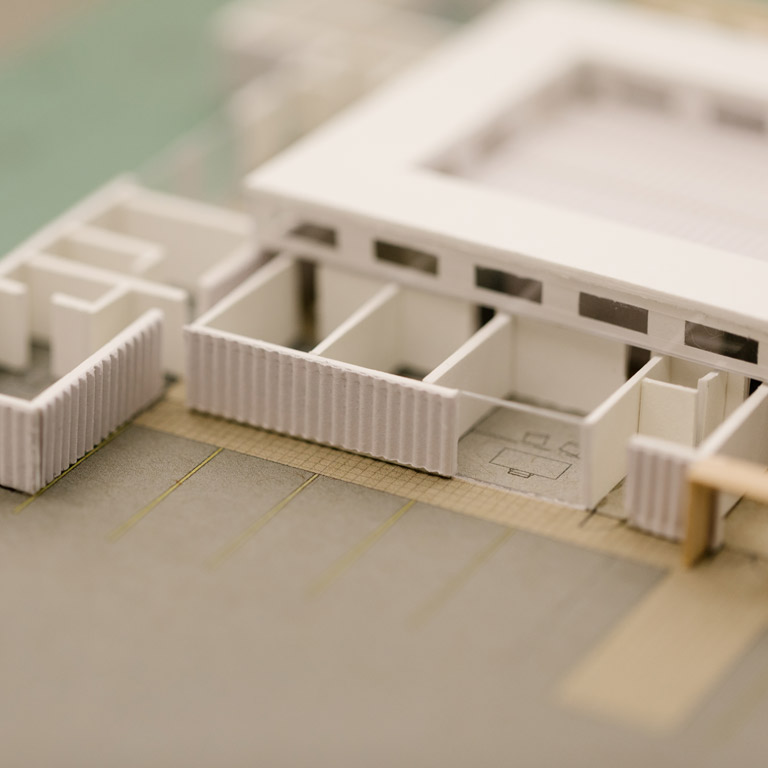Prepare graduates to use experience, knowledge, ethics, and design thinking to address problems that require new directions and present unknown challenges.
We understand interior design as a human-focused, culturally contextualized, and ecologically aware discipline. We believe design unites humanity. The curriculum emphasizes relationships between aesthetic, behavioral, technological, social, and ecological systems in creation of responsive and responsible interior environments. Our interior design program is built on these understandings—and is necessarily interdisciplinary.
Graduation Rates
2020–2021: 63% of students who matriculated in the ID curriculum in 2017–2018 graduated in four years (6% graduated in five years; 30% changed majors or left the university)
2021–2022: 80% of students who matriculated in the ID curriculum in 2018–2019 graduated in four years (20% changed majors or left the university)
2022–2023: 83% of students who matriculated in the ID curriculum in 2019–2020 graduated in four years (17% changed majors or left the university)
2023–2024: 64% of students who matriculated in the ID curriculum in 2020–2021 graduated in four years (36% changed majors or left the university)
Student Attrition and Retention
2020–2021: 83% of students admitted in 2020–2021 returned in the fall of 2021, putting attrition at 17%
2021–2022: 91% of students admitted in 2020–2021 returned in the fall of 2021, putting attrition at 9%
2022–2023: 89% of students admitted in 2022–2023 returned in the fall of 2023, putting attrition at 11%
2023–2024: 79% of students admitted in 2023–2024 returned in the fall of 2024, putting attrition at 21%
Job Placement Rates
2020–2021: 89% of students who graduated in 2020–2021 are employed in interior design or a related profession
2021–2022: 85% of student who graduated in 2021–2022 are employed in interior design or a related profession
2022–2023: 74% of student who graduated in 2022–2023 are employed in interior design or a related profession
2023–2024: 89% of students who graduated in 2023–2024 are employed in interior design or a related profession
Acceptance into Graduate Programs
2020–2021: 15% of students who graduated in 2020–2021 applied and were accepted into graduate school
2021–2022: 12% of students who graduated in 2021–2022 applied and were accepted into graduate school
2022–2023: 17% of students who graduated in 2022–2023 applied and were accepted into graduate school
2023–2024: 9% of students who graduated in 2023–2024 applied and were accepted into graduate school
The interior design program leading to the Bachelor of Science in Interior Design is accredited by the Council for Interior Design Accreditation, www.accredit-id.org, 206 Cesar E. Chavez Avenue, Suite 350, Grand Rapids, MI, 49503.
The CIDA-accredited program prepares students for entry-level interior design practice, for advanced study, and to apply for membership in professional interior design organizations. The Bachelor of Science in Interior Design granted by Indiana University Bloomington meets the educational requirement for eligibility to sit for the National Council for Interior Design Qualification Examination (NCIDQ Exam). For more information about NCIDQ Exam eligibility visit: https://www.cidq.org/eligibility-requirements.







